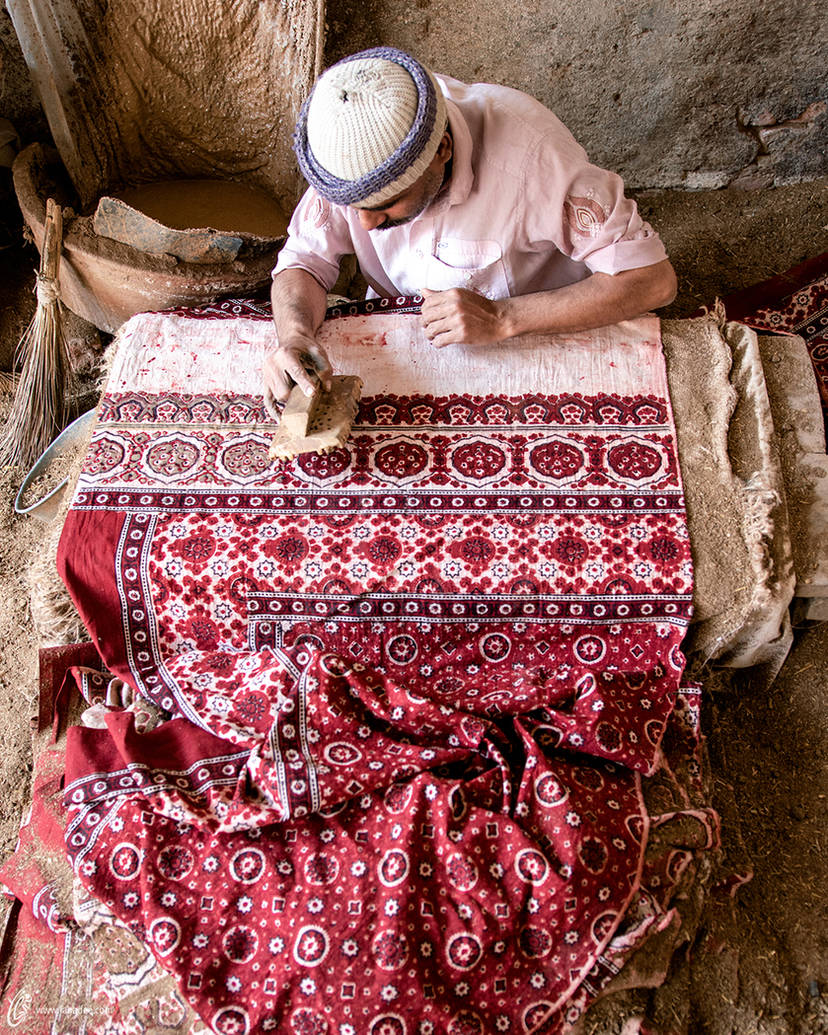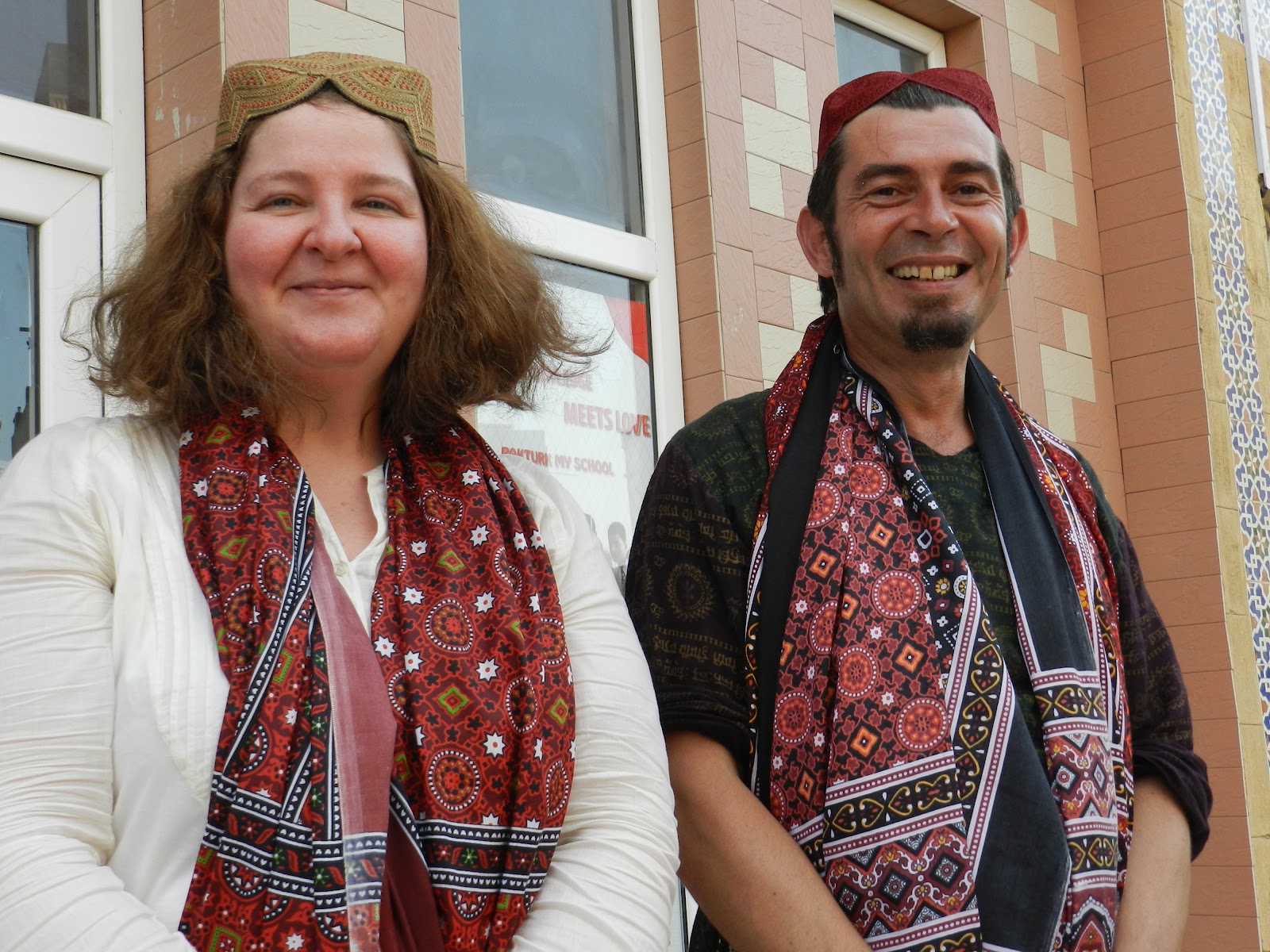Let the Journey Begin!
Come, be a part of this vibrant journey of exploration and celebration. Together, let us cherish the splendor of Sindhi culture and embrace the heritage that binds us as a close-knit community. Dedicated to preserving and promoting the beauty of Sindhi culture worldwide.

1. Language and Literature Sindhi Language: The Sindhi language is an Indo-Aryan language spoken primarily by the Hindu Sindhi community. It has a long and illustrious history, with its roots traced back to the ancient Indus Valley Civilization. Literature and Poetry: Sindhi literature boasts a diverse collection of poetry, prose, and religious texts. Sufi poetry has been particularly influential, with famous poets like Shah Abdul Latif Bhittai contributing timeless verses.

2. Festivals and Celebrations: Cheti Chand: Cheti Chand, the Sindhi New Year, is celebrated with great enthusiasm and marks the beginning of the Hindu calendar year. It is a time for feasting, worship, and cultural festivities, bringing together families and communities. Teejri: Teejri is a significant festival for Sindhi women, observed as a day of fasting and praying for the well-being of their husbands. Women adorn themselves in vibrant attire and participate in various rituals.

3. Art and Craftsmanship: Ajrak Printing: Ajrak is a unique form of block printing on fabric, adorned with intricate geometric patterns and motifs. This traditional art form has great cultural significance and is used in clothing and other textiles. Sindhi Embroidery: Sindhi embroidery is known for its exquisite craftsmanship and intricate designs. It is often seen on clothing, home decor items, and accessories, showcasing the creative prowess of Sindhi artisans.

4. Music and Dance: Sindhi Sufi Music: Sindhi Sufi music holds deep spiritual meaning for the community. It involves soulful singing and musical performances at Sufi shrines and other gatherings, creating an atmosphere of devotion and inner reflection. Jhoomar Dance: Jhoomar is a lively and rhythmic folk dance form popular among Hindu Sindhis. It is performed on various occasions, including weddings and cultural events, exuding joy and celebration.

5. Cuisine and Culinary Traditions: Sindhi Cuisine: Sindhi cuisine is renowned for its flavorsome vegetarian and non-vegetarian dishes. It often incorporates aromatic spices and unique cooking techniques, resulting in a delightful culinary experience. Cultural Significance: Food plays a crucial role in Sindhi culture, with meals being communal affairs that strengthen familial bonds and social ties.

6. Wedding Traditions: Wedding Ceremonies: Hindu Sindhi weddings are elaborate affairs with several pre-wedding, wedding, and post-wedding rituals. These ceremonies showcase the community's cultural heritage and traditional practices. Bridal Attire: Hindu Sindhi brides dress in exquisite red lehengas adorned with ornate jewelry, reflecting the richness of their bridal attire.

7. Cultural Identity and Diaspora: Cultural Adaptation: Hindu Sindhis have adapted their cultural practices while preserving their identity amidst migration and globalization. Their cultural resilience is evident in how they have maintained their traditions across different regions. Sindhi Diaspora: The Sindhi community has a significant global presence due to historical migrations and business ventures, contributing to the dissemination of Sindhi culture across borders.

Conclusion
The culture of Hindu Sindhis is a splendid amalgamation of ancient heritage, artistic brilliance, and heartfelt celebrations. Their customs, festivals, arts, and cuisine reflect the beauty and diversity of this remarkable community. As we journey through the enchanting facets of Hindu Sindhi culture, we hope you are captivated by the richness and timeless elegance that defines their way of life.
